Perfect your value proposition to convert more readers into subscribers
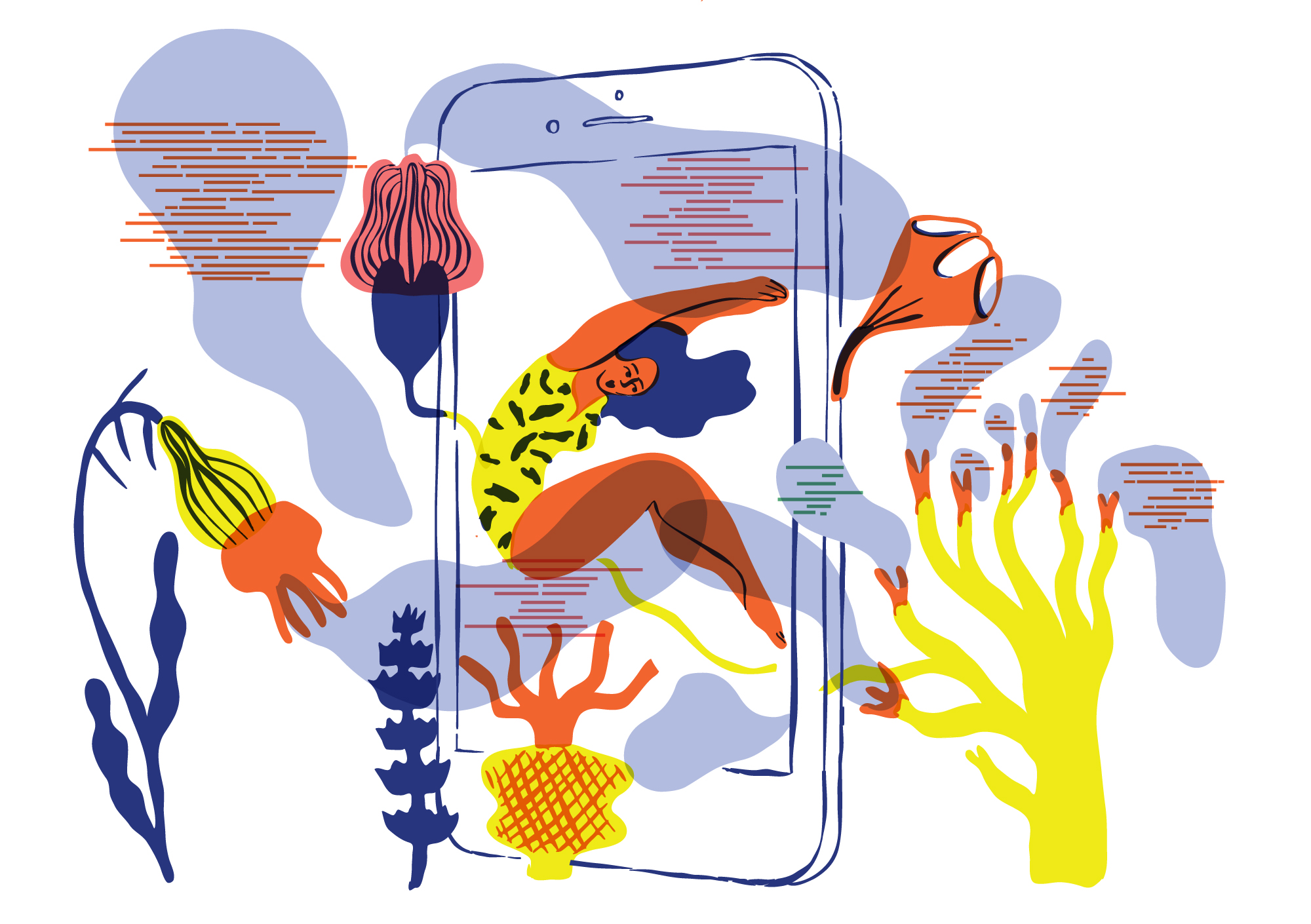
This article wrapped up:
- The value proposition canvas helps you define your customer’s profile and pair this with your product/service to ensure your premium offers provide value
- The Golden Circle framework will allow you to work on your why, what and how
- Starting with the why is how you’ll best define a value proposition that matches your audience’s needs
- Defining your value proposition is by no means easy and yet it is THE essential preliminary step to work through before launching or re-launching a premium strategy
Quickly, what is a value proposition?
- Define the content and benefits of your offer
- Work on your why, how and what.
Define the content and benefits of your offer(s)
We propose to work from a framework initially developed by Dr. Alexander Osterwalder, The Value Proposition Canvas, built for ensuring that a product is adapted to its market. The canvas is divided into two sections: customer profile and value proposition.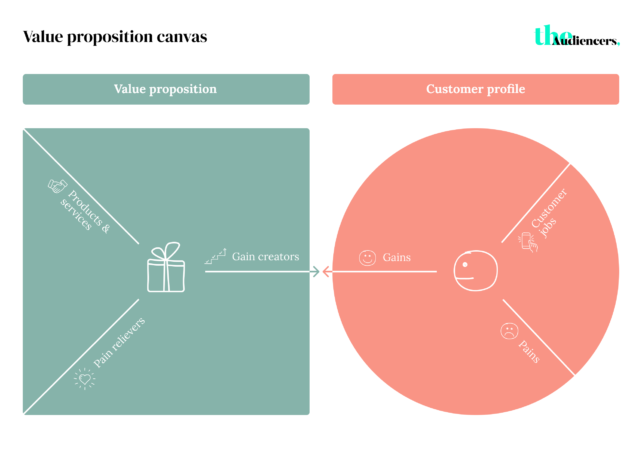
Customer profile: Always start with the customer as they’re at the center of your value as a business. You are also likely to have different customer segments, each with their own needs, wants and interests, so it’s important to complete a unique customer profile for every segment.
- Gains: the benefits that customers expect and need from you. These should appeal to their interests and make them more likely to embrace your value proposition
- Job-to-be-done: this refers to the operational, social and emotional tasks that a client must carry out. It involves any problems they have to solve and what they hope to satisfy
“What social, emotional, and functional jobs does your customer do on a daily basis? They have some functional jobs that you probably know about. But you’ll also need to uncover how they do that job, how they feel, and what social qualities come into play. For instance, a parent with the job of driving a child to school may also have functional jobs of getting them there on time, ensuring they’re fed throughout the day, making sure they’re not looking like an outcast (social standing may be important), providing the feeling of being loved and appreciated, etc. Ask enough “whys” and you’ll get this info.” Business Models Inc.
- Pains: these are the difficulties and negative experiences faced by the customer when trying to get the job done
- Gain creators: how does the product or service meet the customer’s needs and how does it provide them with value?
- Pain reliever: how does the product or service solve the pain and difficulties that a customer may encounter whilst carrying out this task?
- Product or service: what is the product or service that creates value, solves problems and justifies the creation of value for the customer?
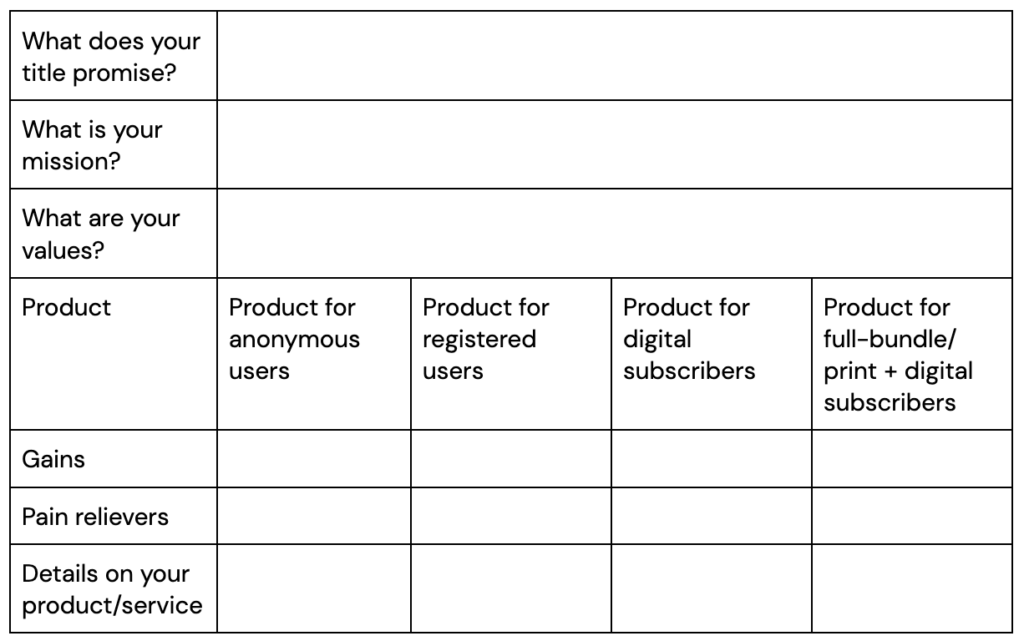
2. Work on your why, what and how
For this second section, we’re going to work from The Golden Circle framework laid out by Simon Sinek. If you’re unfamiliar with his work, we’d recommend having a watch of this video. Although it was posted in 2009, the concepts are still relevant and useful today given that so few businesses are aware of how to define their why, what and how. The circle is divided into 3 parts: what, how and why.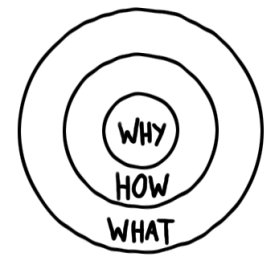
What: What do you do? This should be very (very) easy to answer. For a magazine, for example, you publish articles, columns, surveys, etc in paper versions and digitally How: How do you do this? With what people, tools, focus, quality, layout, etc. This, again, should be straightforward to answer and, above all, strictly defined within your team Why: Why do you do this? A bit trickier and unfortunately not simply as a way to make money. Monetization is the result rather than the why. Instead, here is where you define what you’re going to tell your prospects so that they pay in exchange for your products or services After the ‘why’, you should consider the following questions:
- Why does this structure exist?
- Why do you get up in the morning?
- Why should people be interested in what you do?
- Why are you useful?
- What makes you different from others in the industry?
- What do you bring to your reader to make them spend time with you?
Poynter
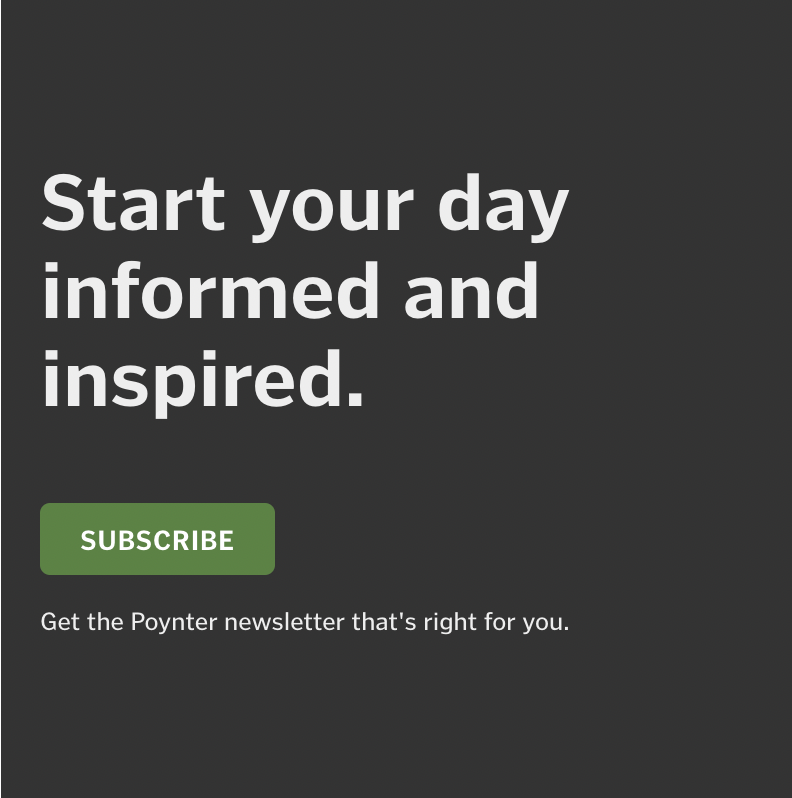
What do they bring to the reader? An intelligent start to the day Why should users subscribe? Information and inspiration Followed by the what – the Poynter newsletter
Alternatives Economiques
“The media that belongs to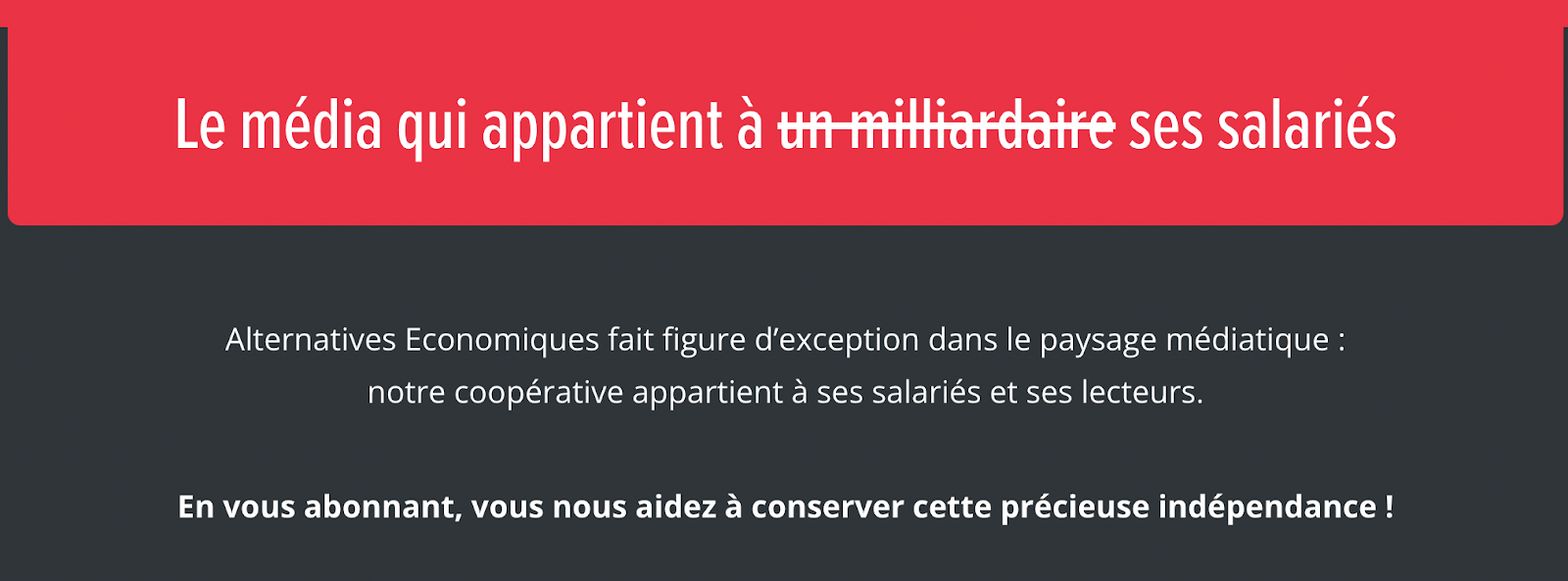
Why do they publish content? To provide independent journalism What makes you different from others in the industry? The media’s owned by its employees and readers How do you do what you do? Thanks to subscribers (like the reader, hopefully) and employees (this resonates with the reader who is also an employee somewhere)
The Independent

What do you bring to your reader to make them spend time with you? Insights, information and ideas/inspiration What makes you different? The Independent perspective, a unique take on news Note the lack of even a mention of specifically ‘what’ – the product itself, subscription.
The New Zealand Herald
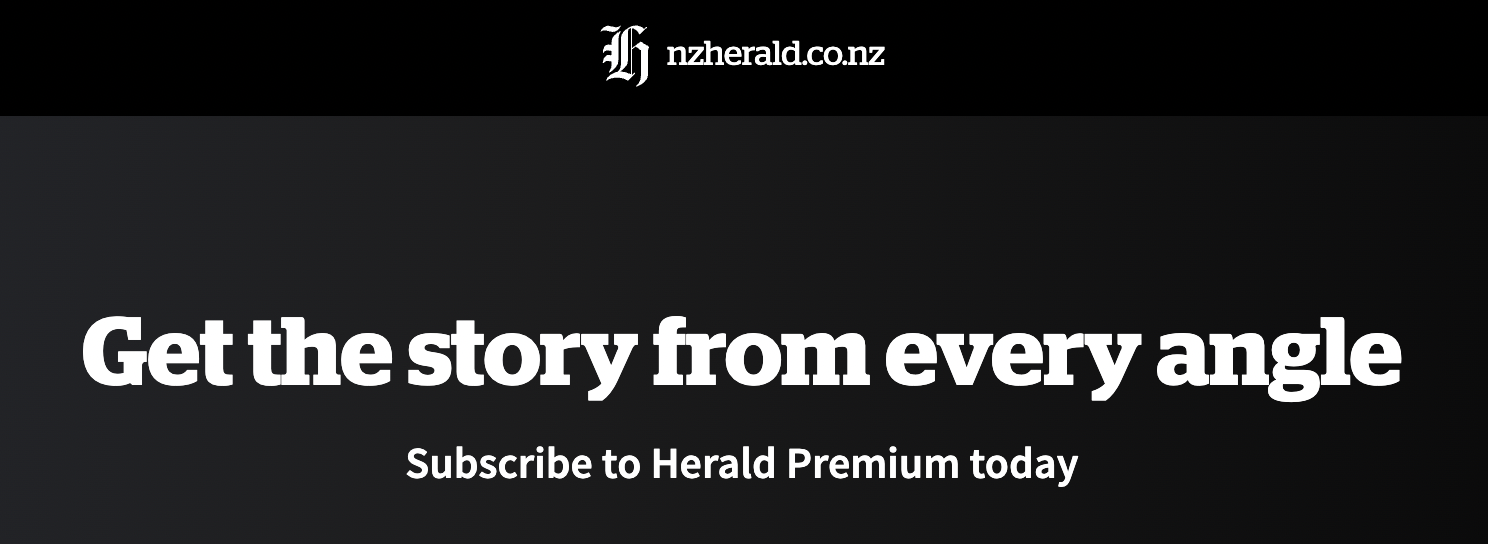
Why should people be interested in what you do? Not just sharing a story, but from every angle
La diaria
“Subscribe to the diaria that depends solely on you”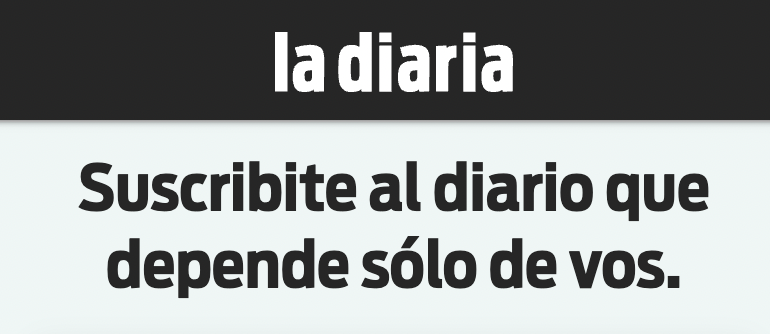
Why does this structure exist? Thanks to the reader (synthetic personalization with ‘you’)
The Wall Street Journal
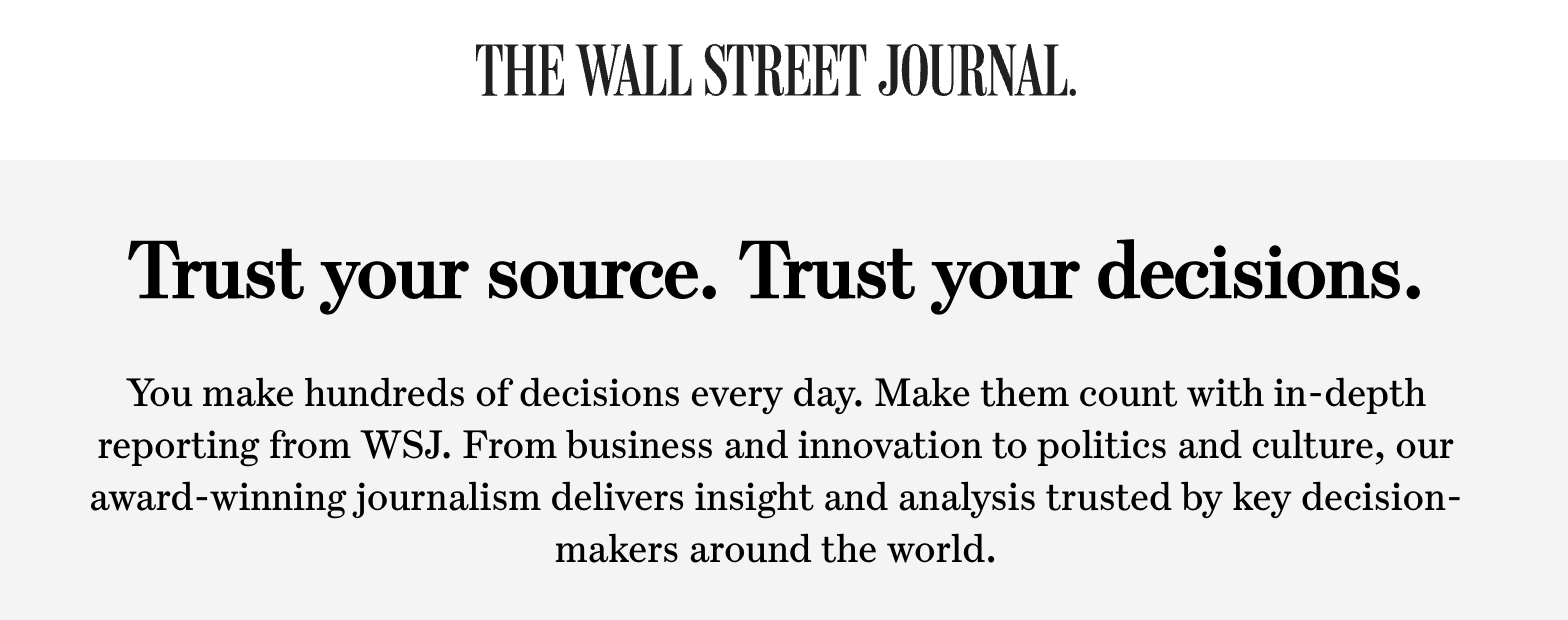
Why do they publish content? To provide trust-worthy journalism that solves a pain-point for readers What makes you different from others in the industry? The reader makes decisions daily, and WSJ will help them to make more informed decisions, more easily with trustworthy journalism, implying well-researched content written by experts.
This article was originally published by The Audiencers. The Audiencers is a B2B publication by Poool, The Membership and Subscription Suite, a simple, all-in-one platform for digital content producers to convert, manage and retain their members and subscribers. Find out more on poool.tech or book a free demo with their team.